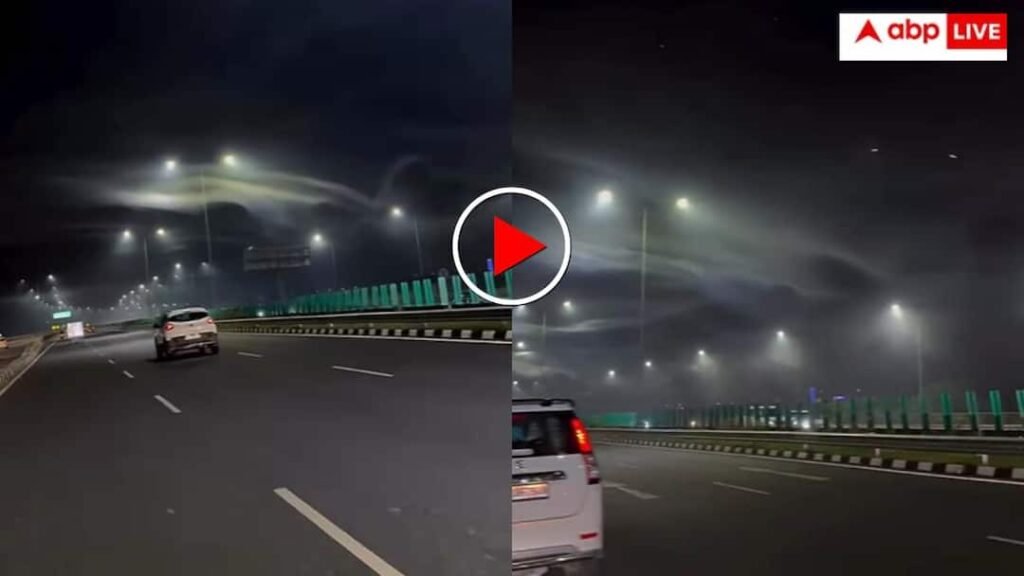Last update:
The first train corridor in India, made of Xinkanen technology, will set new standards for speed, safety and reliability.

India will get the Shnkansen trains from the next generation. (Pexels/Representative)
India is scheduled to get its first bullet train soon. The train runs between Ahmed Abad and Mumbai, and covers a total distance of 508 km in just two hours, and extends at a high speed of 308 km per hour, making travel easier and faster for passengers. The project will publish E10 Shinkansen trains in the next generation of the next generation, which will appear for the first time in India and Japan around 2030, and coincides with the commercial operations of the project expected to start in 2027.
The first train corridor in India, made of Xinkanen technology, will set new standards for speed, safety and reliability. This shows strategic and technological cooperation in India and Japan.
However, while we were heading towards the train era in India, let’s take a look at the history of Xinkanen and how Japanese engineers resolved a major issue that could lead to a huge accident in the fifties.
Japanese engineers have faced problems with Xinkanen in the fifties
In the fifties of the last century, Japanese engineers faced a great challenge when designing Shinkansen: fishing fluctuation (the vehicles are affected by a serious side at high speeds).
With its goal to reach a top speed of 200 km/h, these vibrations have a serious threat to their exit. However, to resolve this issue, Japanese engineers approached Tadatsi Madsudaira, who experienced the taming of vibrations in combat aircraft.
During his research, Madsudaira realized that it is not only the design of wheels, but the real problem behind this oscillation was the suspension system, which was unable to absorb violent movements by side. To solve this, reach a revolutionary idea – a new type of air spring capable of guessing vertical and horizontal vibrations.
After months of the test, the hack came on March 30, 1963, with flawless experimental operation and a record speed of 256 km/h and over the coming decades, this system allowed Japan to build one of the high -speed high -speed rail networks in the world, safe, fast and stable.
Can the bullet trains hinder the earthquake?
It is not a secret that Japan faces frequent earthquakes; The country has some of the highest seismic activity in the world. Of course, this raises concerns about whether high -speed trains such as Xinkansen can be hindered during such events.
It is striking that Shinkansen maintains a flawless safety record, with passenger deaths from deviations or collisions caused by earthquakes. This is thanks to advanced safety measures such as an earthquake detection and urdas (URDAS), which can automatically stop the trains before the arrival of strong tremors.
Now, the upcoming E10 Shinkansen trains, which are 320 km long, will also get large -scale safety systems to prevent decreased breeds during earthquakes, as well as future automated operating provisions.
Mumbai-ahmedabad bullet can cover cities such as Thane, Vapi, Surat, Bilimora, Vadodara, Nadiad-ANAND and ahmedabad.
- location :
Delhi, India, India
Read more














